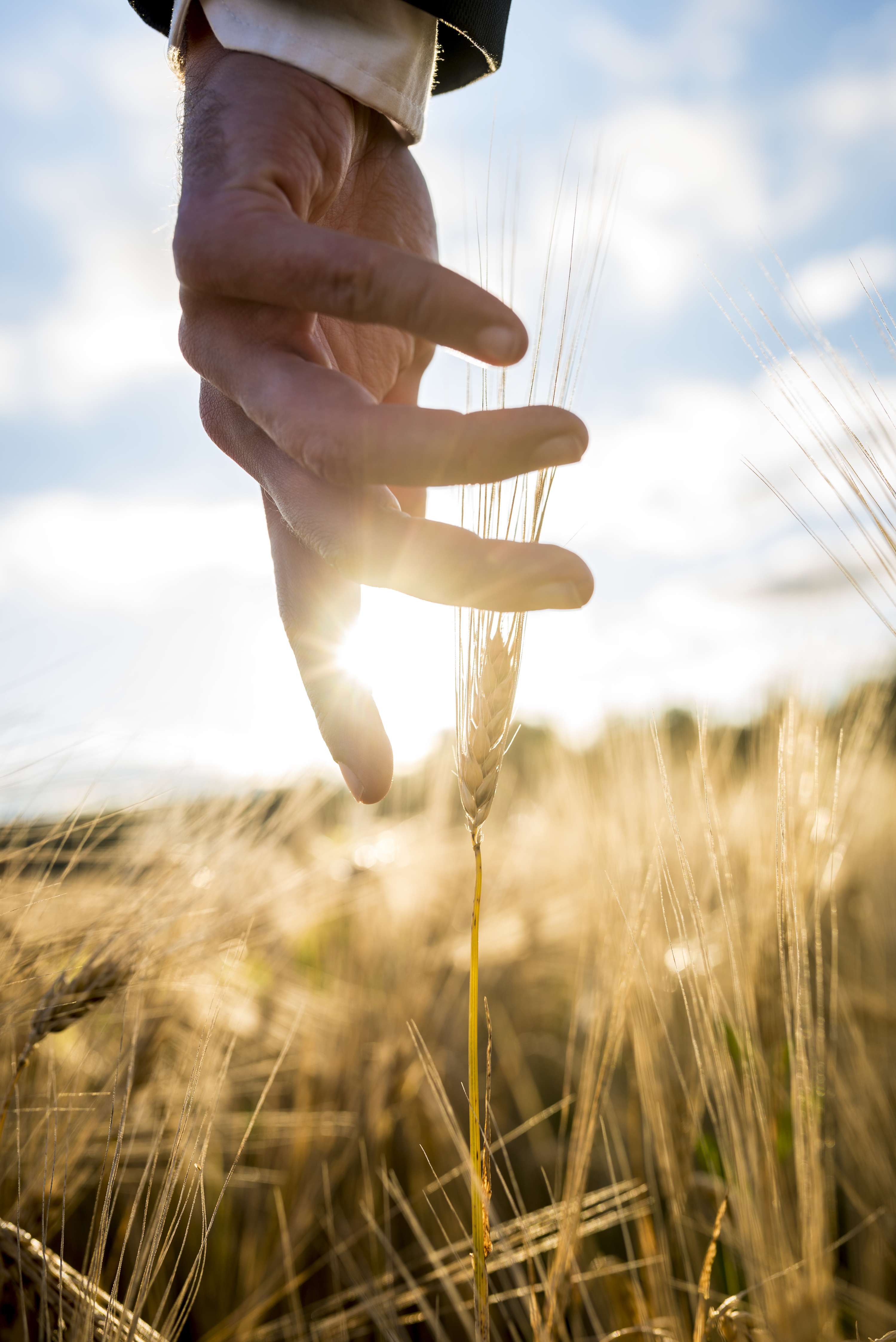
Agricultural investment is the most important and most effective strategy for poverty
reduction in rural areas, where the majority of the world’s poorest people live (World
Bank, 2008, FAO, 2012). Investing in agriculture reduces poverty and hunger through
multiple pathways. Farmers invest to enhance their productivity and incomes.
From
society’s point of view, this in turn generates demand for other rural goods and services
and creates employment and incomes for the people who provide them, who tend to be
the landless rural poor. These benefits ripple from the village to the broader economy. .
The major agricultural products can be broadly
grouped into foods, fibers, fuels, and raw materials
(such as rubber). Food classes include cereals
(grains), vegetables, fruits, oils, meat, milk, eggs,
and fungi..
Over one-third of the world's workers
are employed in agriculture, second only to the
service sector, although in recent decades, the
global trend of a decreasing number of agricultural
workers continues, especially in developing
countries, where smallholding is being overtaken
by industrial agriculture and mechanization that
brings an enormous crop yield increase.
Farmland Values are Rising
From 2019 to 2020 non-irrigated cropland rose 2 percent to $5,555 per acre. Pastureland gained even more value during this time, rising 6 percent over the year to $3,374 per acre. The value of farmland varies between regions so take your time exploring different areas before investing. Depending on how you plan to manage your investment, you may decide to purchase irrigated or non-irrigated cropland, pastureland, timberland, or recreational/hunting land.
Food Demand Is High
According to National Geographic Magazine, the increasing global population will require roughly double the amount of crops we grow by 2050. Only seven percent of the planet’s land is suited to food production, and the majority of that land is already in production. An increase in food demand is an increase in land demand. Whether you choose to farm yourself, rent your land out to a farmer or rancher, or sell the land for a profit in the future, the scarcity of land suitable for food production increases the value of your investment.
Farmland Investment is a Hedge Against Inflation
As of September this year, the annual US inflation rate was up to a 13 year high. This means you are paying more for the same goods and services than you did last year. In other words, the value of the dollar has decreased. There are very few investments that often keep pace with inflation, and they are gold, Treasury Inflation-Protected Securities, and physical land. Adding farmland to your investment portfolio can serve as a hedge against inflation and may help protect the value of your money over time.
Farmland is Stable
If you’re looking to add a stable asset class to your portfolio, farmland may be the answer. Typically, farmland steadily increases in value does not see turbulent swings in prices. The housing market may bust and the stock market may crash, these are unfortunate events that have happened more than once in our country’s history. Adding farmland property to your investment mix can create stable growth that protects your portfolio from economic volatility.